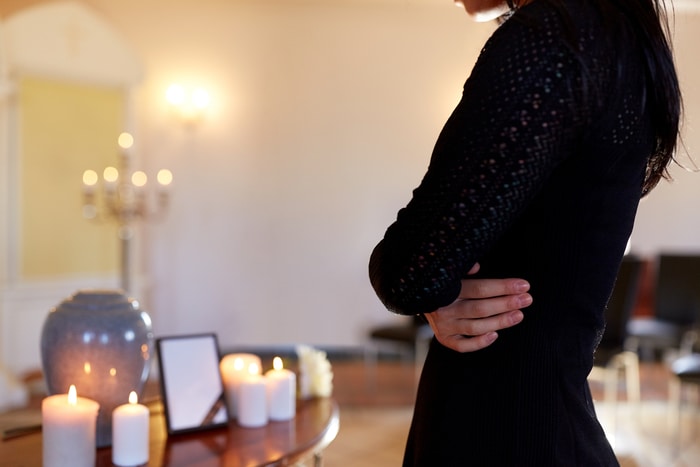Although cremation might be a relatively new idea for many Americans, cremation has been practiced for thousands of years as a dignified end to a life well-lived. But there is no denying that it is hard to think about what we want to do with our own remains or those of a loved one.

Some of this difficulty is natural, but some of it is due to simple silence. We don’t enjoy talking about end-of-life issues. It’s rare for others to talk about them with us. But knowing the step-by-step process involved in cremation can make a hard time just a little bit easier.
Making a choice
All cremation starts with a choice. Either you are choosing for yourself or you’re helping a loved one make a choice; sometimes even after they’ve already passed. We have lived in and had control over our bodies all our lives. It’s empowering to know that this control extends even to the very end.
Double-checking
Before any cremation takes place, a reputable cremation service like Heritage Cremation Provider will make absolutely sure that cremation was either the deceased person’s preference or the will of the family. This involves getting a signed document from the family so there is no possibility of making a mistake.
There will be checks and double-checks. And in most states, no cremation can occur within 48 hours of a death to allow time to make sure everything is correct.
Preparing the remains
In a traditional burial, embalming a body is a long and often expensive process. None of that is necessary when it comes to cremation.
Although certain medical devices (like pacemakers) will have to be removed for safety, there is nothing else that needs to be done unless the family prefers an embalmed body for a viewing.
Choosing the casket
Again, in a traditional burial, the casket can be quite elaborate and a significant expense. For cremation, the funeral director simply chooses a container that will facilitate the burning process and ensure the ashes are preserved.
As the remains are placed in the cremation box, the funeral director will be sure to include an identification tag that won’t be damaged by the cremation process. This tag ensures that each family receives their own loved one’s remains.
The cremation chamber
The cremation chamber itself is lined with fire-resistant material made to withstand enormously high temperatures. Early cremations in human history were largely inefficient, but modern technology allows us to reach temperatures between 1800 and 2000 degrees Fahrenheit. Prior to the cremation, this chamber is warmed up so that the process can be done quickly and efficiently.
The cremation process
The actual cremation process typically takes between 90 minutes and two hours. Older furnaces are sometimes unable to reach the highest temperatures and so may take just a bit longer. Once the process is complete, the chamber will need a cool-down period before the ashes can be removed.
Preparing the ashes
A technician will then look through the ashes, finding the ID tag and doing another verification of identity. The technician will remove any metal that survived the cremation, which includes things like surgical pins.
Choosing an urn
The final step is transferring the ashes to the family’s urn or one already there at the crematorium. There is no rush: many families choose a final urn later when they have had time to consider what best highlights their loved one’s life, loves, and legacy.
